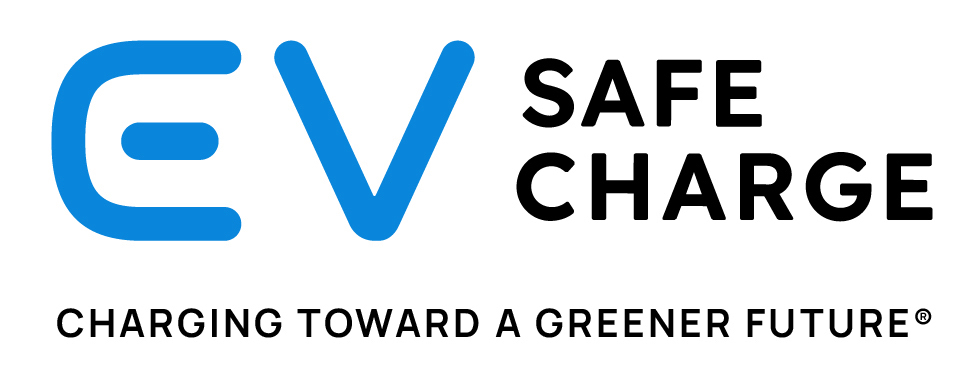What’s It Actually Like To Own An Electric Car?

For starters, if you invest in a BEV (Battery Electric Vehicle) also referred to as an electric-only car and often as an EV; you’ll never have to go to the gas station ever again. This of course is a different story if you opt out for PHEV (Plug in Hybrid Electric Vehicles) or Hybrid, which still have ICEs (Internal Combustion Engines) that do in fact need fossil fuels to operate.
If you go the electric-only route, instead of going to the gas station for gas you’ll need to charge your vehicle. Depending on your driving habits, this could mean every night at home or even at work. While electric cars may currently be more expensive than low-cost conventional gas cars, the prices across the board have been coming down dramatically and there are currently incentives in many areas to help make them even more affordable. Additionally, EVs cost less to maintain. A lot less, which means inevitable long-term savings, not to mention the possible Federal Income Tax and other incentives dependent on the year/make/model of your vehicle and where you’re located.
In BEVs, there’s no engine or exhaust system, which means less day-to-day maintenance when compared to an ICEV. So no need to worry about those pesky oil changes and leaks. Since EVs don’t have a gas engine or exhaust components you don’t have to worry about replacing them when they inevitably need replacement or repair.
Since you’re not filling your car with gasoline, you will need to charge it, presumably nightly at home, which can have an affect on your electricity bill. However, not by much, especially when you compare it the cost of gasoline. The national average for electricity is around 12 cents per kWh. Depending on the kW of your car, you can easily calculate the cost to fill up your car’s battery. If your EVs battery were 30kW, it would cost you around $3.60 to travel roughly 100 miles. So by comparison, if your local gas price were $360 a gallon, your traditional ICE car would have to get 100 MPG to match the low cost of using an EV.
Usually, the only maintenance that’s required is tire rotation and alignment, brake maintenance and a yearly maintenance, which is generally around a few hundred dollars for most EVs. It’s nothing when compared to an ICEV. The only really concern is battery replacement. However, many car companies offer warranties on the batteries. Naturally, since it allows the car to operate, an EV battery is the most expensive component. Costs will greatly vary from vehicle to vehicle however, as technology improves and EVs become more popular, prices are decreasing and range is increasing. Realistically, you shouldn’t have anything to worry about until your odometer reaches a few hundred thousand miles.
In terms of charging, the two real options for the average consumer are Level 1 charging and Level 2 charging. Level 1 simply requires a standard household outlet, however, it is very slow and can take up to a full day to fully charge your vehicle. A Level 1 is more practical for a PHEV but is still not ideal. If you have an electric-only vehicle, Level 2 is the way to go and will charge your vehicle at much faster speeds. Level 2 will charge most EVs in under 4 hours. It’s definitely worth the investment if you plan on driving your EV everyday and making the most out of you EV purchase.
A common concern about electric cars is the question of how the electricity is created. But the electricity coming off the grid into your EV ends-up being cleaner than the power generated by a traditional internal combustion car engine. According to the US Energy Information Administration in 2014, Coal powered 38.8% of electricity in the United States. This may seem a little high, however, given the extreme efficiency of EVs, and as more power plants become cleaner by switching to renewable energy sources such as wind, solar and hydro, owning an EV becomes an even better driving solution. Not to mention they’re loaded with high-end gadgets and an absolute blast to drive.










